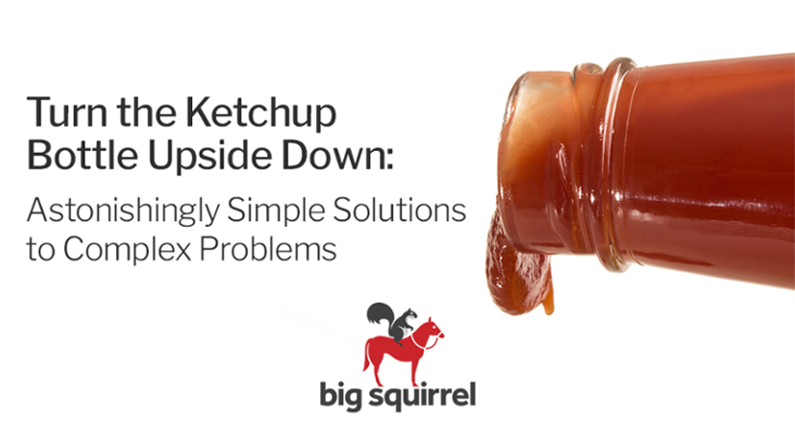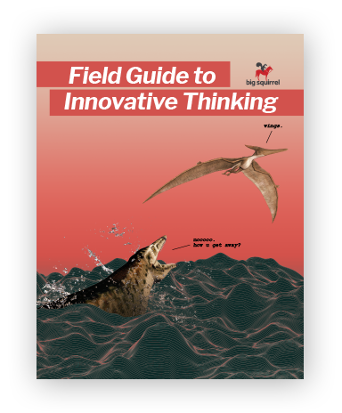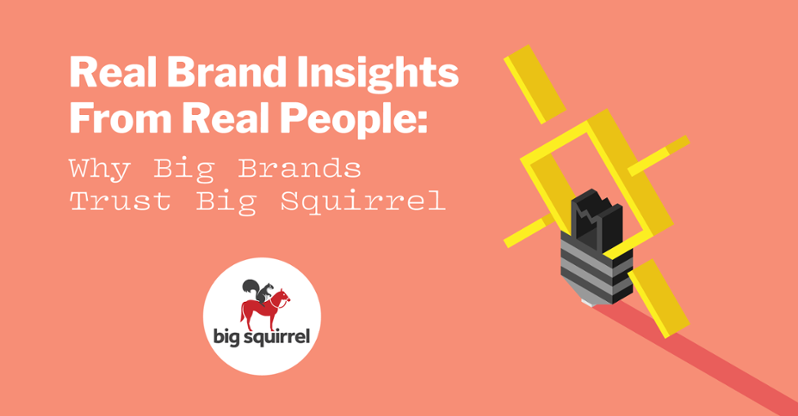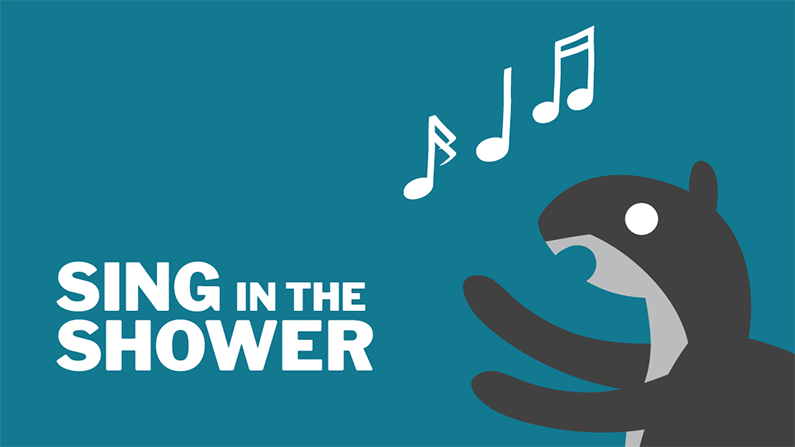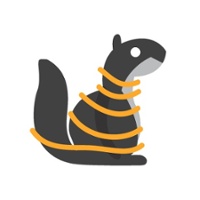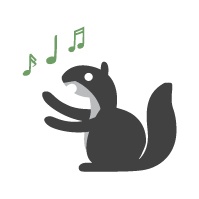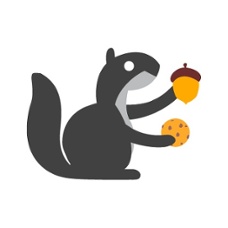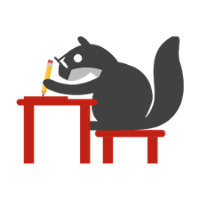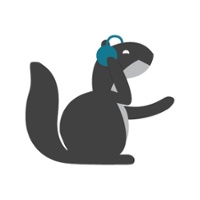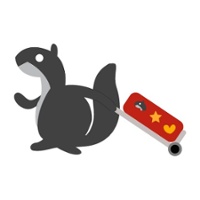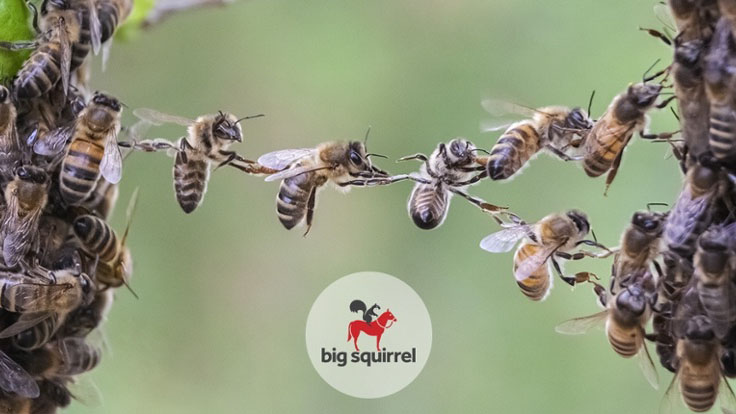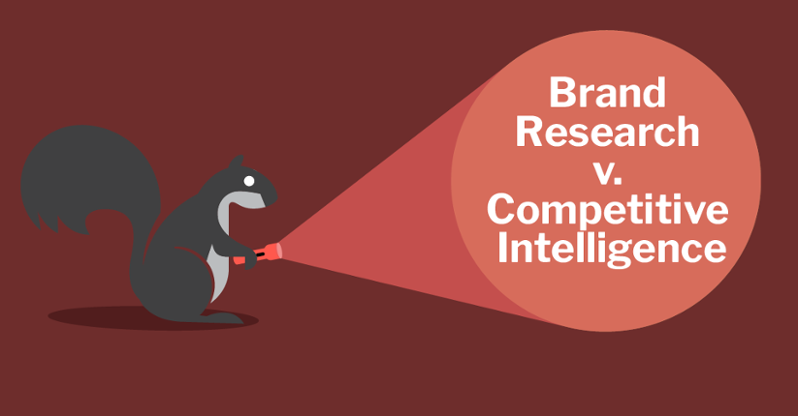
Brand Research v. Competitive Intelligence: How Well Do You Know Your Own Brand?
Intelligence is always far more valuable than assumptions. There’s a line between brand research and competitor intelligence, and it’s not a very thin one. Let’s take a look at the difference between brand research (also known as market research) and competitor research (also known as competitive intelligence) and how insights from these valuable sources can help your company advance.
What is Market Research?
Market research is information your company acquires in hopes of beating your competition. Research data helps you learn the behaviors and attitudes of your customers. Past behaviors are analyzed to predict how customers will behave in the future. Once a solid prediction is made of how customers will behave, you can draft a marketing plan to entice customers to make a purchase.
There are multiple measurement tools that you can use. Some of these include:
- Discriminant analysis
- Cluster analysis
- Conjoint analysis
- Factor analysis
- Multidimensional scaling
The Importance of Deeper Research
When it comes to research, deeper is always better. In-depth research clarifies the picture of how your business should operate in the future. Utilizing the above measurement tools to inform your market research is a good starting place, but you’re wise to take it further. A detailed, actionable plan based on your research helps limit casualties and gives your company an edge over other industry competitors. That’s where competitive intelligence comes in.
What is Competitive Intelligence?
While market research is tactical, competitive intelligence takes “tactical” to a whole new level. Highly strategic in nature, competitive intelligence assembles information in a fashion that provides in-depth insight regarding your firm’s stakeholders and influencers. Competitive intelligence research studies draw on supplier performance, financial data, investment plans, expansion documents and plans, and more. These insights help you develop tailor-made competitor profiles that you can use to create effective operational strategies for winning customers and increasing revenue.
Effective competitive intelligence provides an elaborate landscape of the competition, enabling your organization to look ahead to determine which marketing rollouts will be most effective at winning over customers. All of this translates into the ability to create an accurate prediction of the future market in which your company will operate.
How to Draft a Useful Competitive Landscape
Generating a competitive landscape overview can be daunting, and it does require a lot of work. However, applying a disciplined methodology to your work will pay off by enabling you to compare apples-to-apples offerings in products, pricing and brand communications. Here’s how to get started:
- Study the websites of your competitors
- Follow competitors on their social media profiles
- Subscribe to the mailing lists of your competitors
- Conduct keyword searches on relevant industry keywords
- Distribute online surveys
- Use Google Alerts
- Obtain regular reports from the sales force
- Purchase competitive products
- Discuss business challenges with distribution partners
When you have assembled the information, begin dividing it into silos based on theme or findings. A picture will soon begin to emerge: who is selling what to whom–and how your business can move into the white space.
Where to Start?
Your first step should be to form a strategy team to implement competitive intelligence research, which should include senior executives. This team will identify the business and financial aspects of industry competitors, including what they are investing in and what their margins are. These processes can help decision-makers better understand their operations and reflect on changes that support a more competitive position in the marketplace.
At a product level, a competitive intelligence team will use research findings within product development operations and product testing. On a market level, your research will deliver relevant insight relating to the price, product, placement, and promotion of the products/services your firm is selling.
Not comfortable conducting market research or competitive intelligence on your own?
Big Squirrel can help you gain an edge.
We’re experts in obtaining relevant, targeted insights by studying people and competitors, examining your brand and exploring culture.
